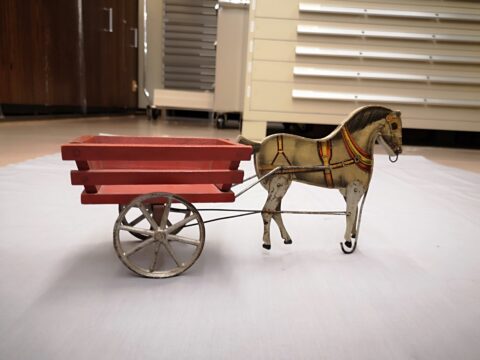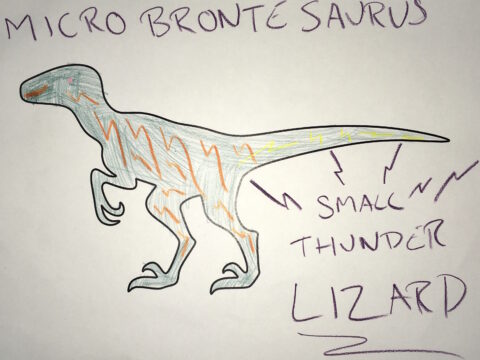
1In 1 playlists
By Liz Crocker
This is the recording of the April 21, 2020 Royal BC Museum educator webinar.

1In 1 playlists
By Liz Crocker
This video, The Home Front, is from a series called History Informs the Future, from Indus Media Foundation: www.imfc.org

1In 1 playlists
By Liz Crocker
This video, Silent Voices, is from a series called History Informs the Future from Indus Media Foundation www.imfc.org

Take a look at what Victoria and Vancouver looked like back in 1907! In Victoria, some of the streets you can see are Douglas, Yates, and Government, while in Vancouver you can see Granville, Canbie, and Davie. Do you recognize any of the buildings? For a full description, click here.

Transportation helps people get to places faster or explore areas that once seemed impossible. The Becoming BC Gallery contains tons of modes of transportation of old - some of which have not changed much since their invention. How did people travel in the past? How do people travel today? Jot down your thoughts here. You can also visit https://royalbcmuseum.bc.ca/learn/school-programs/self-guided-visits for more activity sheets - great to use during your next museum visit (psst... Il y a aussi des feuilles d'activités en français!)

A creative new dinosaur made by a museum visitor!

Buses have been a mode of transportation in Victoria for a really long time - the one pictured here was around in 1928! But did you know that Victoria is the first city in North America to have acquired the low-floor double decker bus? Though the city has had double deckers for many years, the ones we see today for public transit took to the streets in 2000. Low-floor means that there are no steps at any of the entrances of the bus; the only step being the one from the sidewalk onto the bus.
Thanks to Colin, one of the museum's fabulous volunteers, you can now make your own double decker bus. Click here for the template.

Many of the prefixes and suffixes used to name dinosaurs are of Latin or Greek origin. Click here are the definitions of the examples used for the Dino Dice activity
